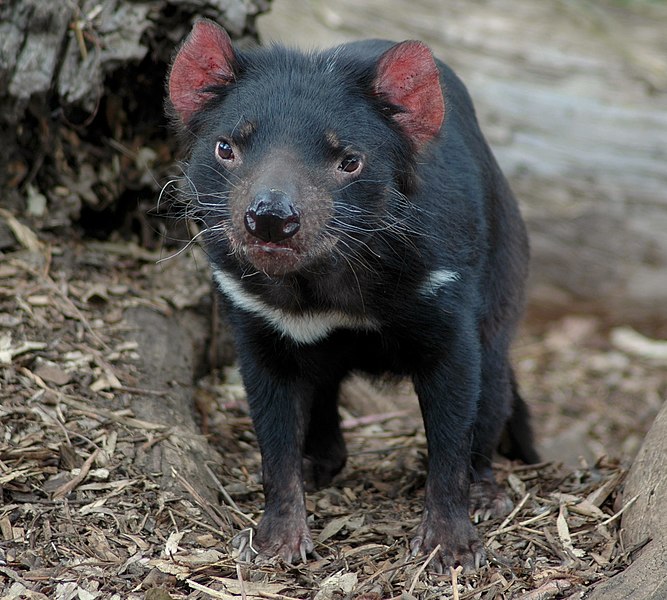One of the main
activities of the EAZA, the European zoo association, are the European
endangered species program (EEP). This program tries with specific and
coordinated breed to preserve animal species which are threaten to die out.
Thus they
followed the example of the American zoo association AZA with its species
survival plans (SSP). Private-people and other institutions like universities
or national-parks can also join the EEP in individual cases beside zoos.
Each animal
species is managed by a zoo in frame of the EEP. The breeding-book of the
population is managed by a local coordinator who gives recommendations for mating
of individually animals to keep up an optimal gene pool. This is how the
inbreeding risk is avoid because the coordinator decides which animals are
mated because of close relatives aren`t allowed to be brought together. He also
puts together new groups and organizes the exchange between the involved
breeders. These coordinators meet each other every year on the EAZA annual
meeting. They give reports and get professional advices. Guidelines of keeping
for the respective species belong to it. The EEP are suggested by specialists
for animal groups, the Taxon Advisory groups, of the EAZA and are confirmed and
watched by the EEP-committee.
The 150
EEP, which exist for now, care in their majority about mammals. Birds, amphibians,
reptiles, fish and invertebrates are getting breed too. A fewer intensive
variant of an EEP are the European Studbook Programs, the ESB, of the EAZA, in
this context another 140 species get breed.
An EEP leads
in the best condition to constant, healthy and selfpreserving populations. In
addition animals should be reintroduced, to support and rebuild the wildlife
populations. Examples are the European bison or the Przewalski horse.
A disease
can completely erase a species or a race, if there are only a few exemplars of
this species or the race left. Because of that the disease protection is very
important by the keeping of threatened animals. A weakening of the total
portfolio can lead to the impossibility of a successful breed with the
remaining animals. Because of that it is important to scatter the exemplars of
threatened animals widely and to pass on them to other animal parks. By
synthetic insemination and modern possibility of transport the program is maintained.
In certain circumstances the delivery of exemplars to private citizens is a
precious help and in particular it is carried out by livestock breeds, which
can be kept under usually agriculturally conditions.
Oskar









_-_Mauricio_Ant%C3%B3n.jpg)







